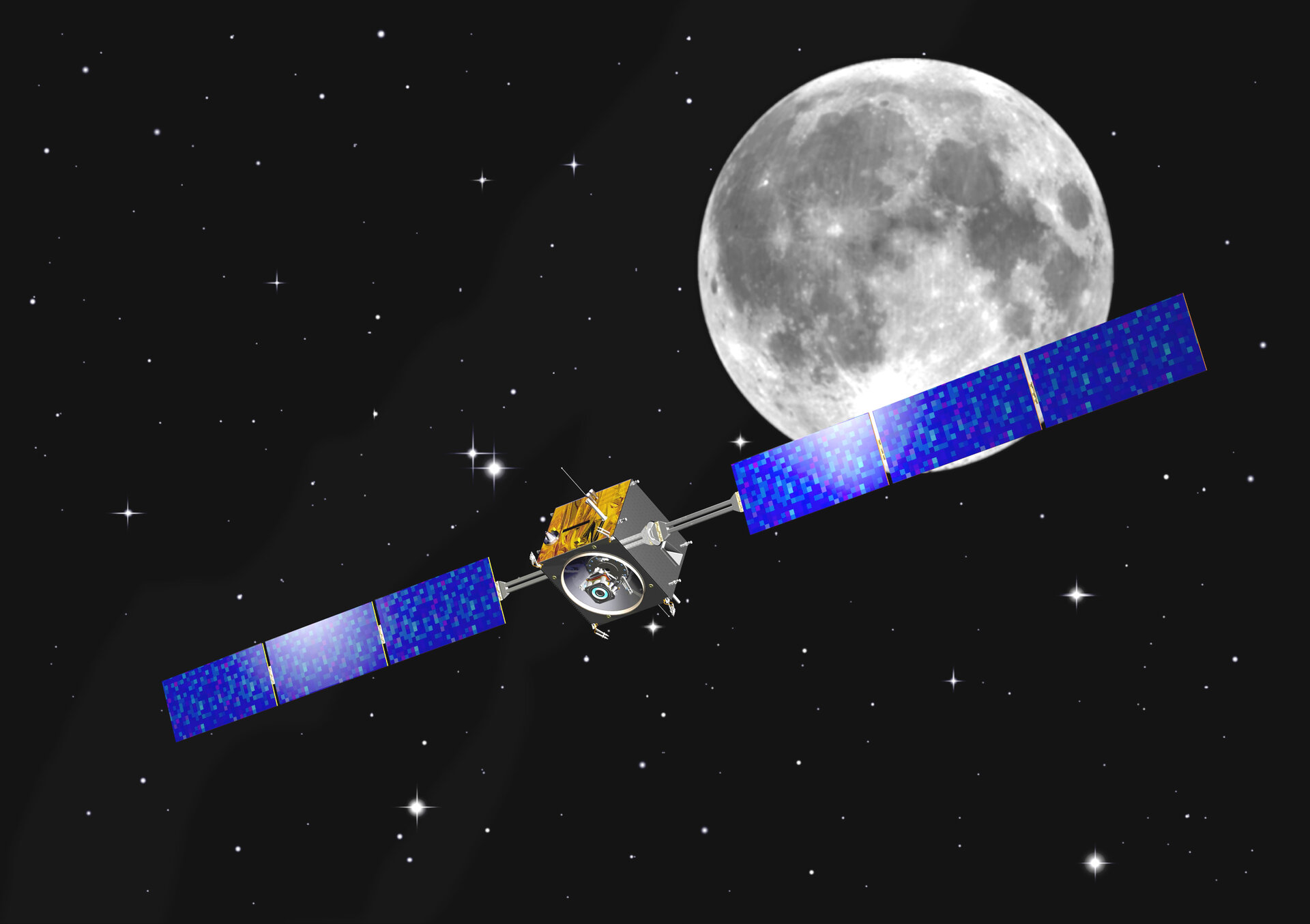Assessment of electric propulsion systems for exploration missions: comparison between solar and nuclear electric propulsion
A major impacting factor on current exploration missions is the ability to transport spacecraft to distant destinations such as Mars. The propulsion systems currently used to do this in fact impose some of the greatest limitations on the payload mass and transit time associated with a mission. In planning a future programme of more and more progressive exploration missions it is important to assess the potential for using more advanced propulsion concepts, and in which context they might be optimally used.
In order to address these points, and begin to prepare for future missions by providing for their propulsive needs, it is necessary to trade-off the different possible propulsion systems over different possible mission scenarios. On top of the chemical propulsion systems currently well known today, there exist two particular advanced propulsion concepts; solar electric propulsion (SEP) which employs the Sun’s energy to power an electric propulsion system (as demonstrated on SMART-1), and nuclear electric propulsion (NEP) which uses the energy provided by a nuclear power source to enable electric propulsion.
The main objectives of this study are to define a clear trade-off between SEP and NEP systems for both robotic and crewed exploration missions, to consider in detail the system and technology aspects of NEP and SEP systems, and to provide final recommendations focused on creating a roadmap for each technology in order to have these systems ready in time for possible implementation in the Exploration Programme.
Given the international interest in addressing this issue of medium-long term propulsion concepts, and the likelihood that such large scale missions would be carried out through international cooperation, it is important that Europe gains an understanding of the main trade-offs and factors from the outset.
| Start |
Expected or actual duration | Status | Prime contractor |
|---|---|---|---|
| 2003 | 12 months | Completed | SAFRAN |
Executive Summary















 Germany
Germany
 Austria
Austria
 Belgium
Belgium
 Denmark
Denmark
 Spain
Spain
 Estonia
Estonia
 Finland
Finland
 France
France
 Greece
Greece
 Hungary
Hungary
 Ireland
Ireland
 Italy
Italy
 Luxembourg
Luxembourg
 Norway
Norway
 The Netherlands
The Netherlands
 Poland
Poland
 Portugal
Portugal
 Czechia
Czechia
 Romania
Romania
 United Kingdom
United Kingdom
 Slovenia
Slovenia
 Sweden
Sweden
 Switzerland
Switzerland

























